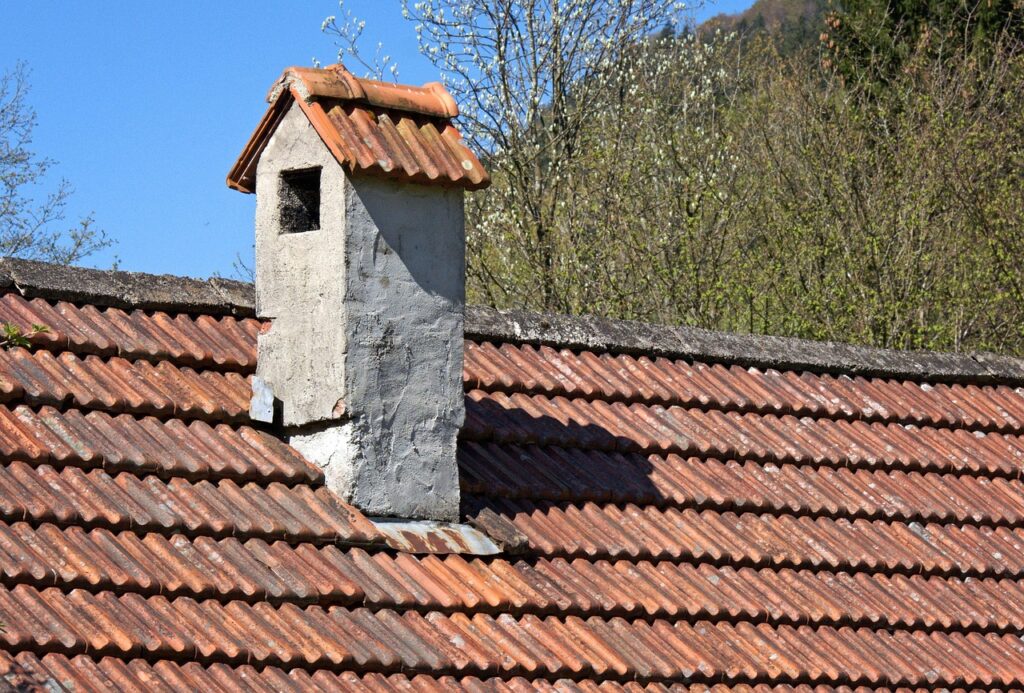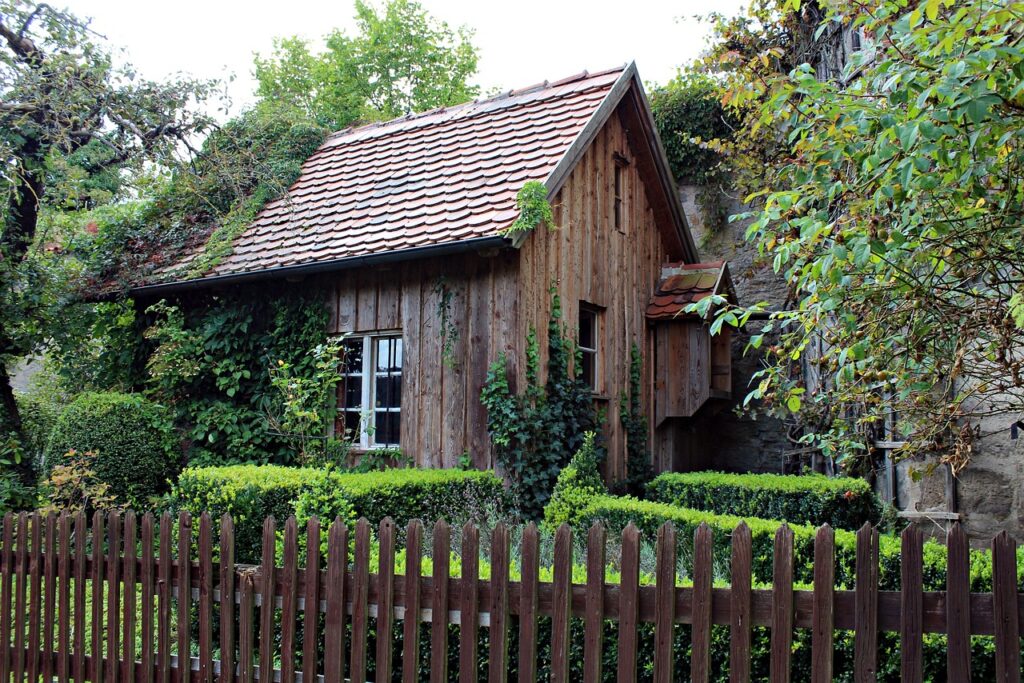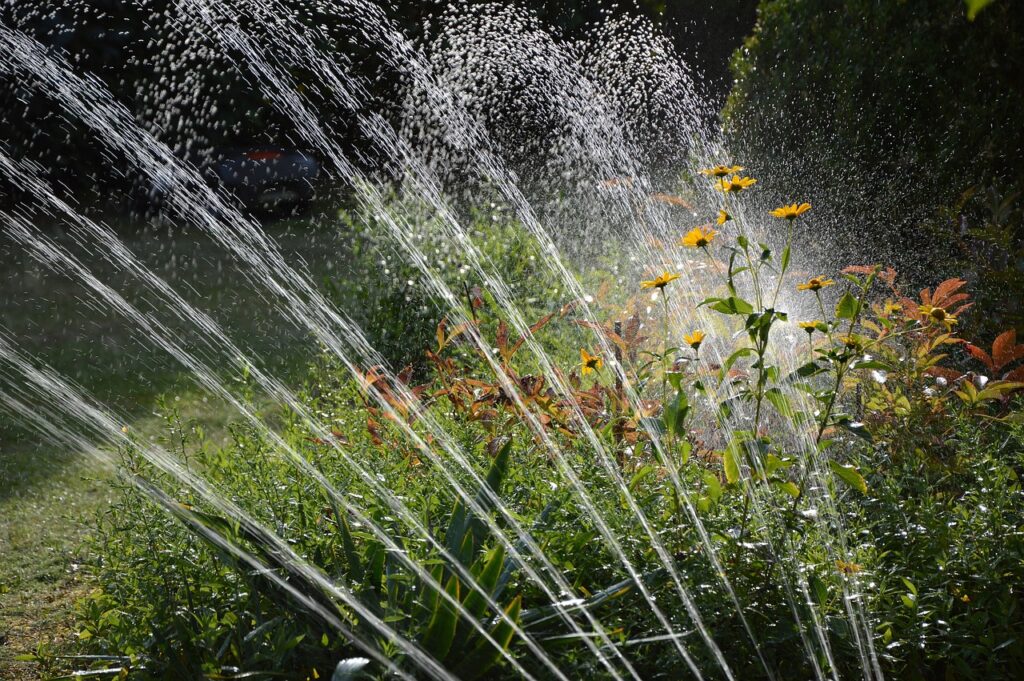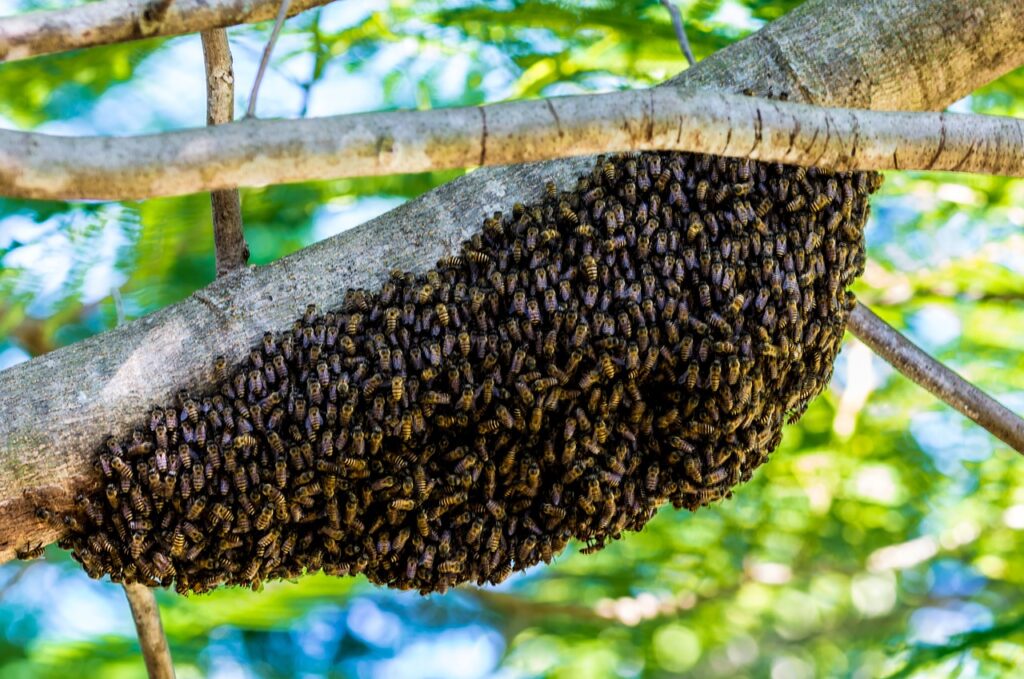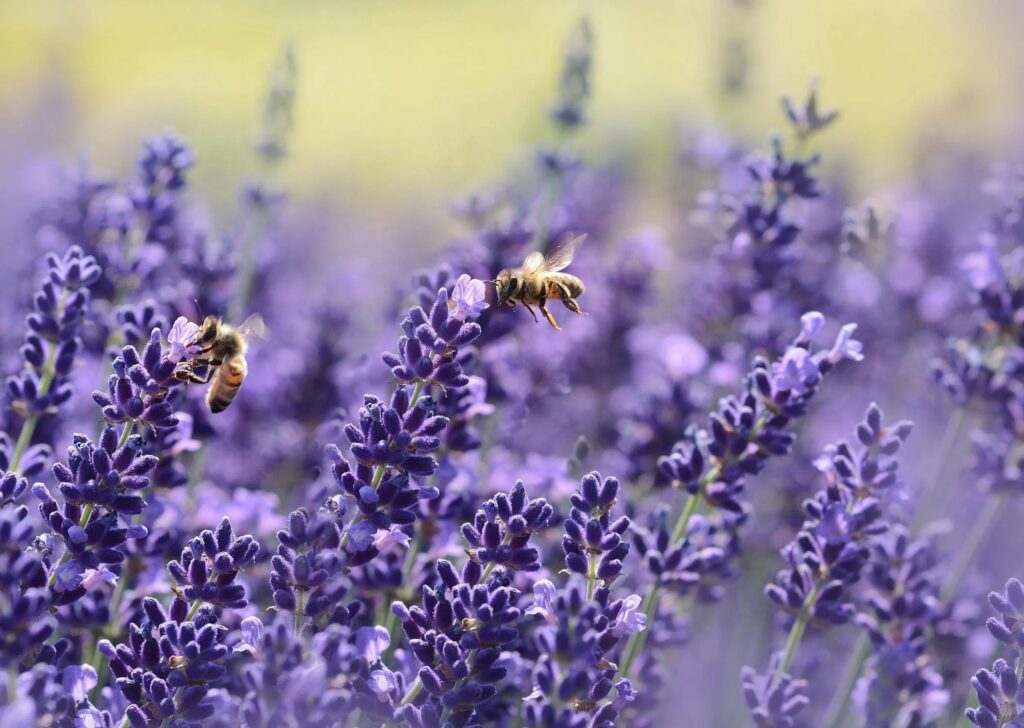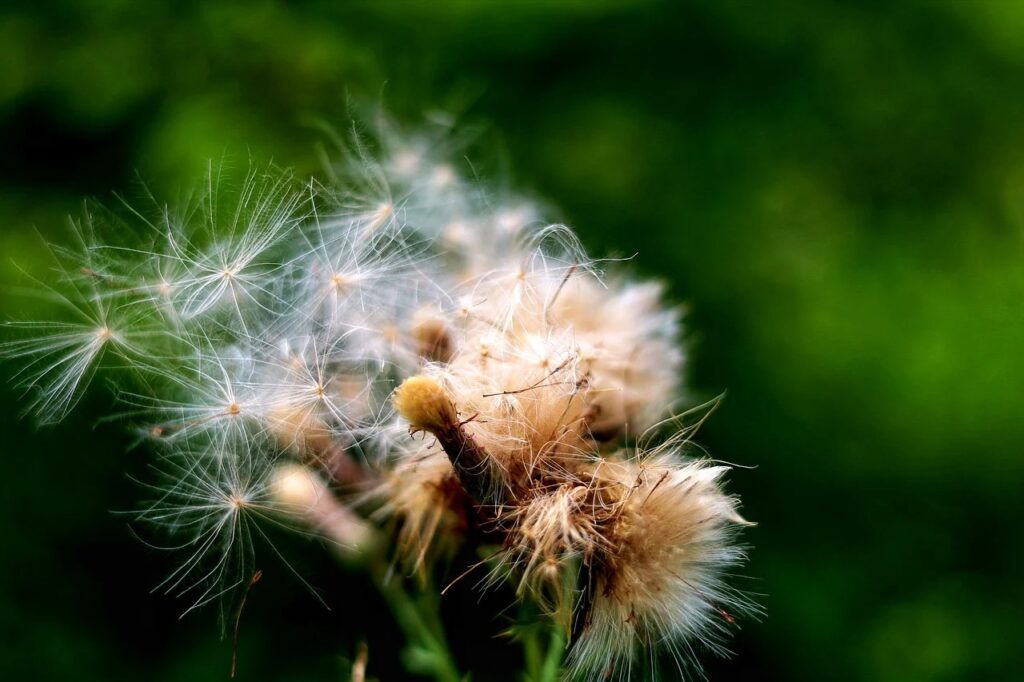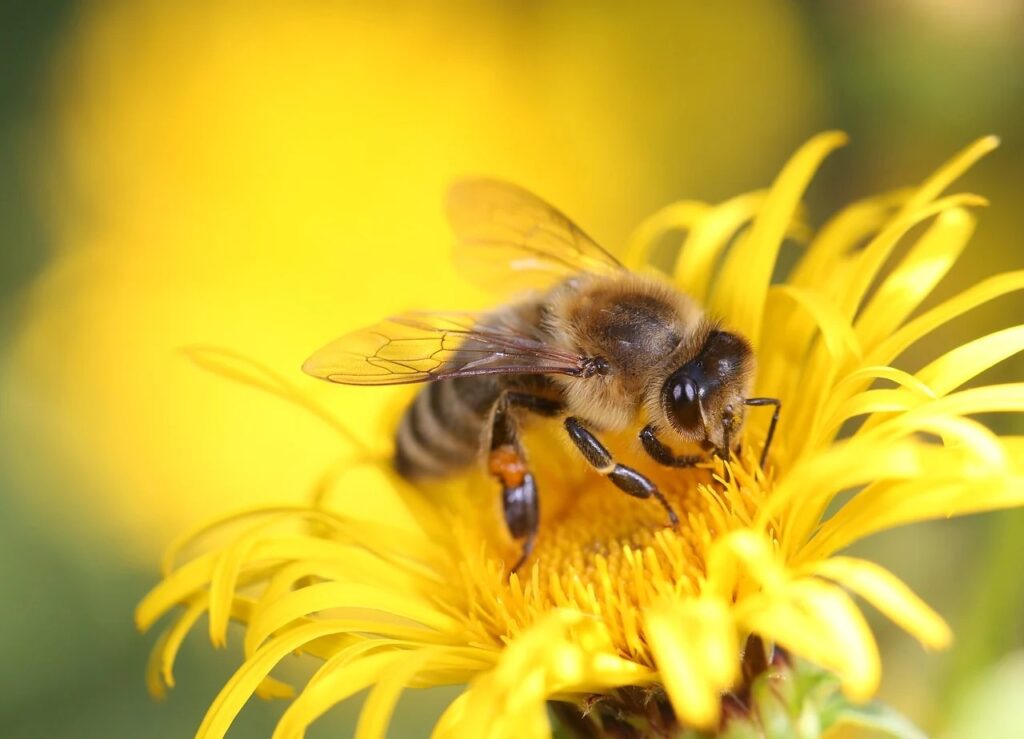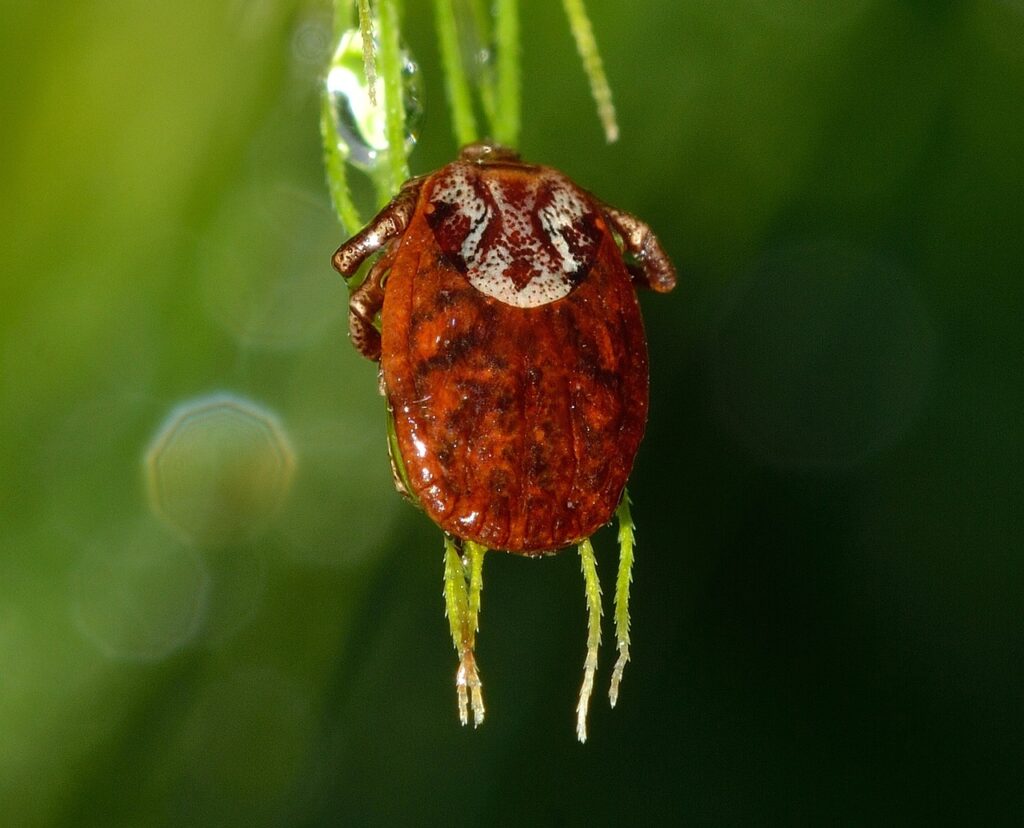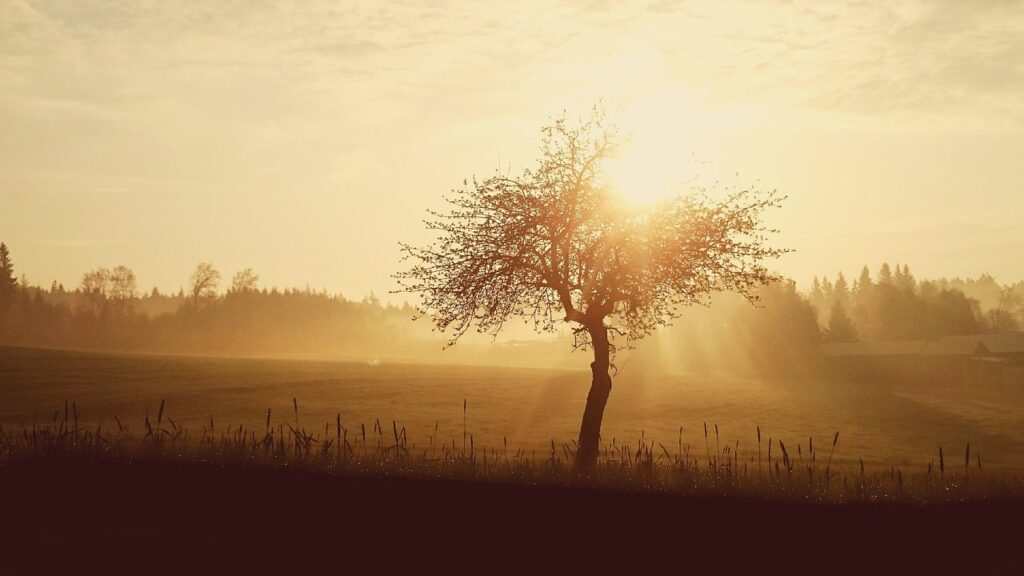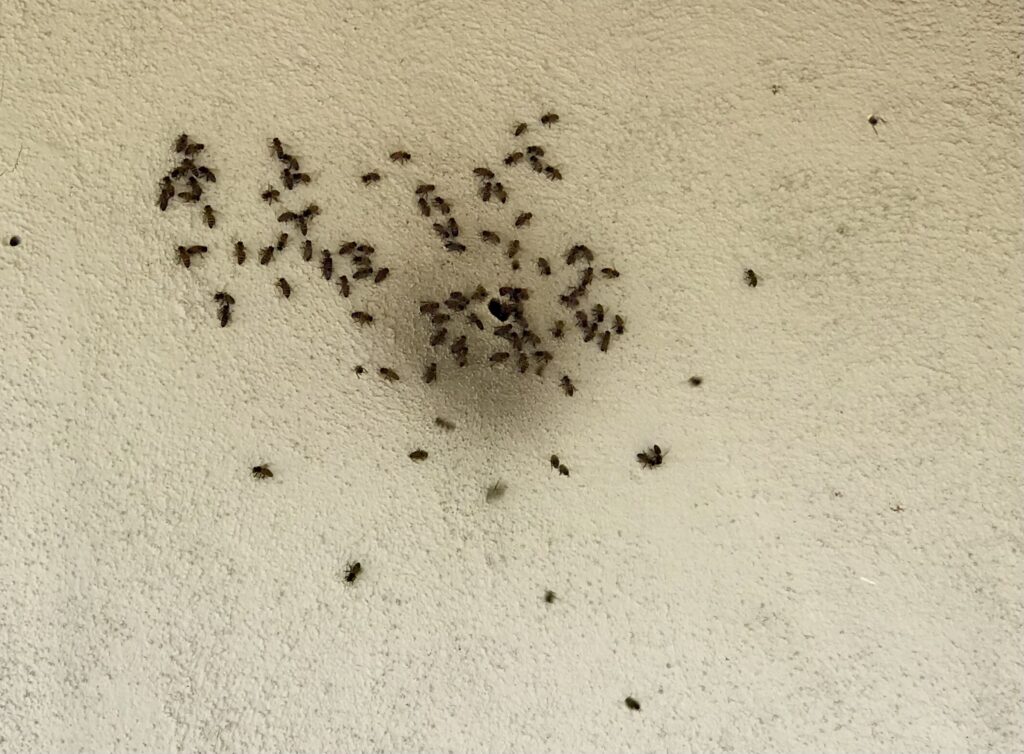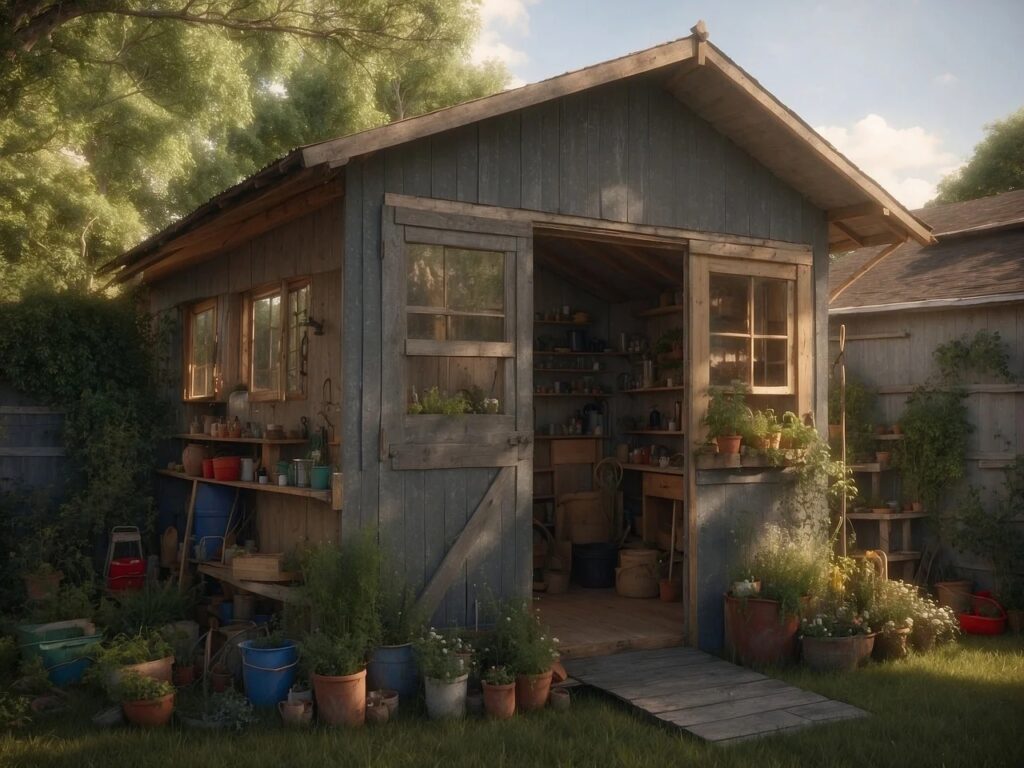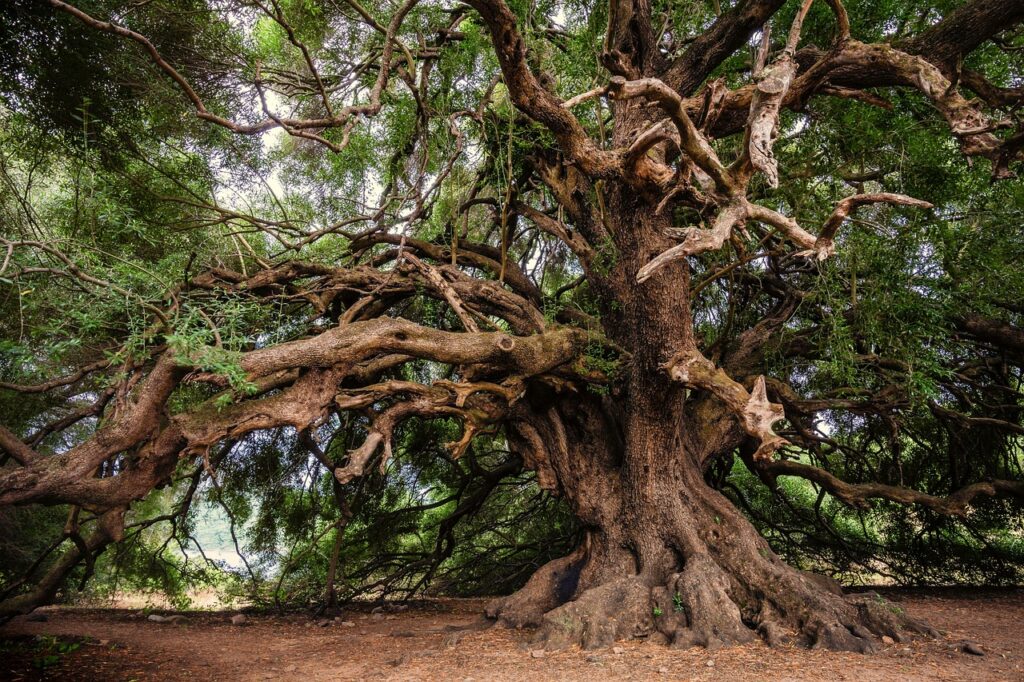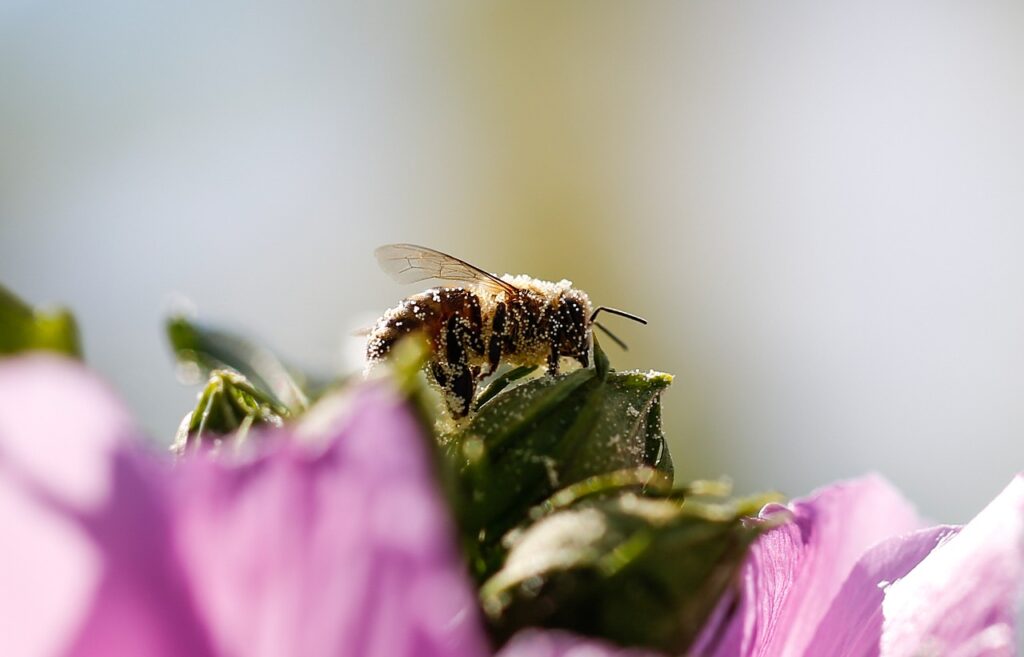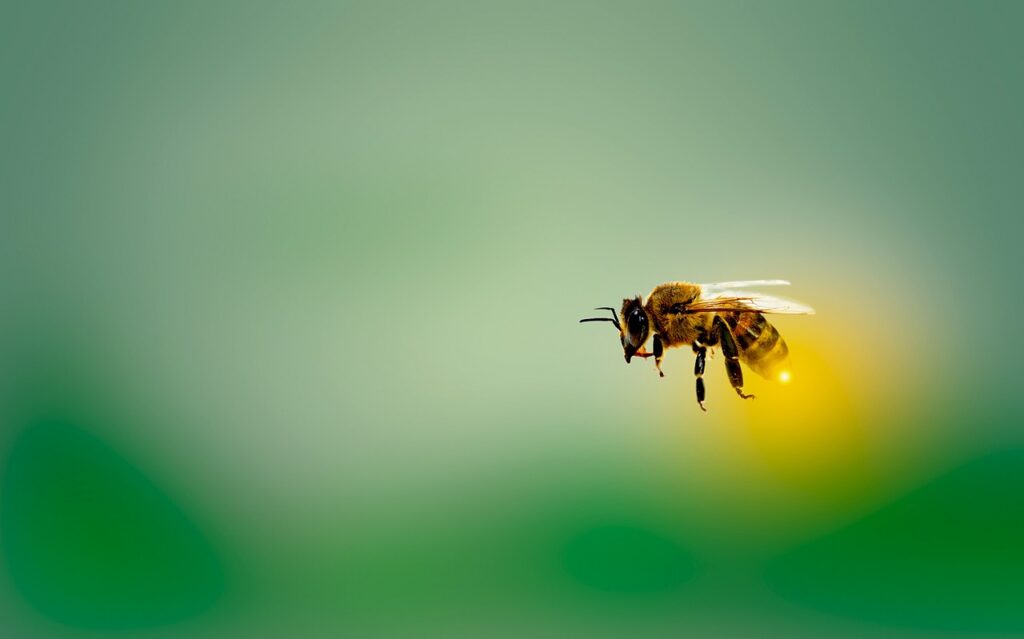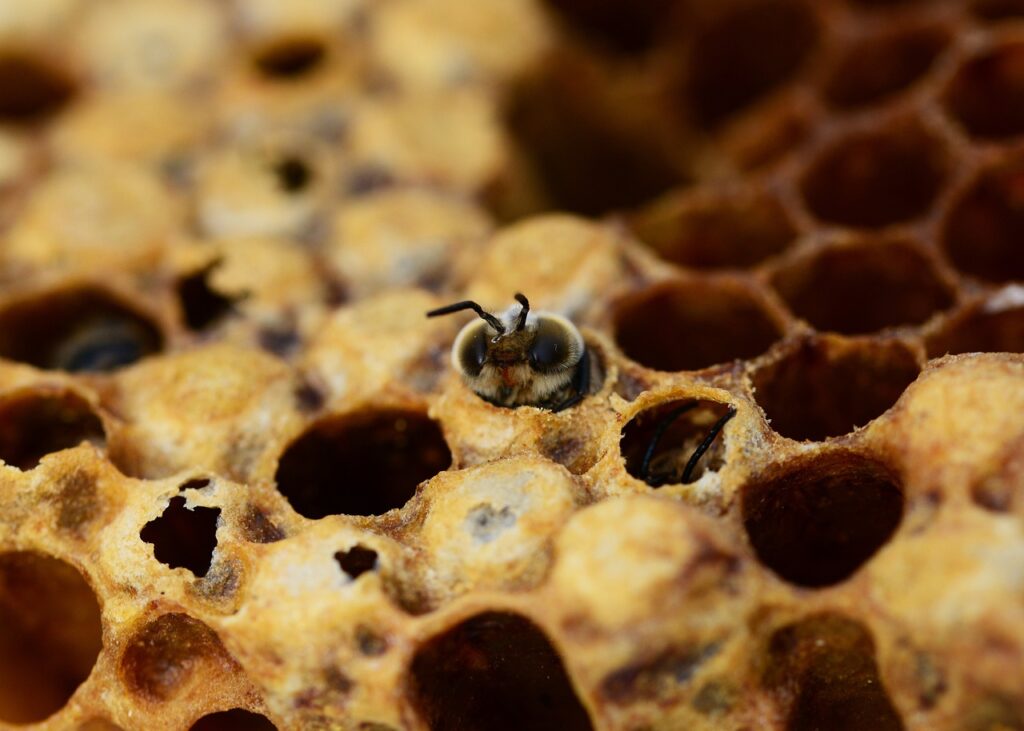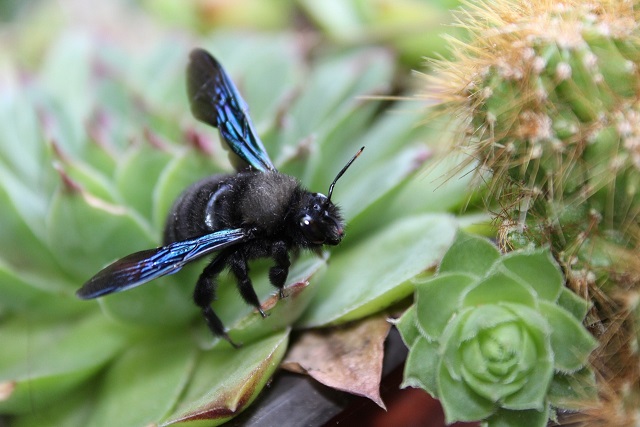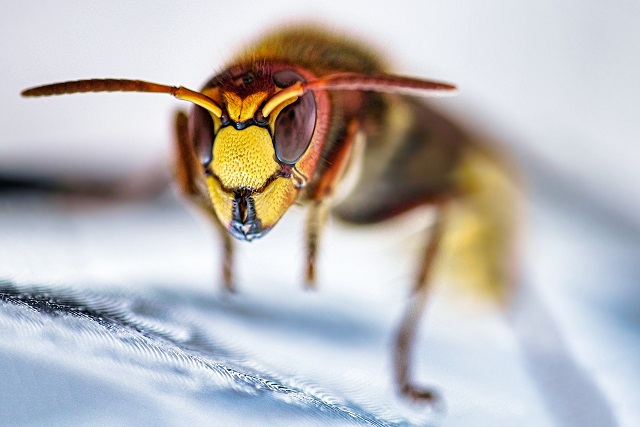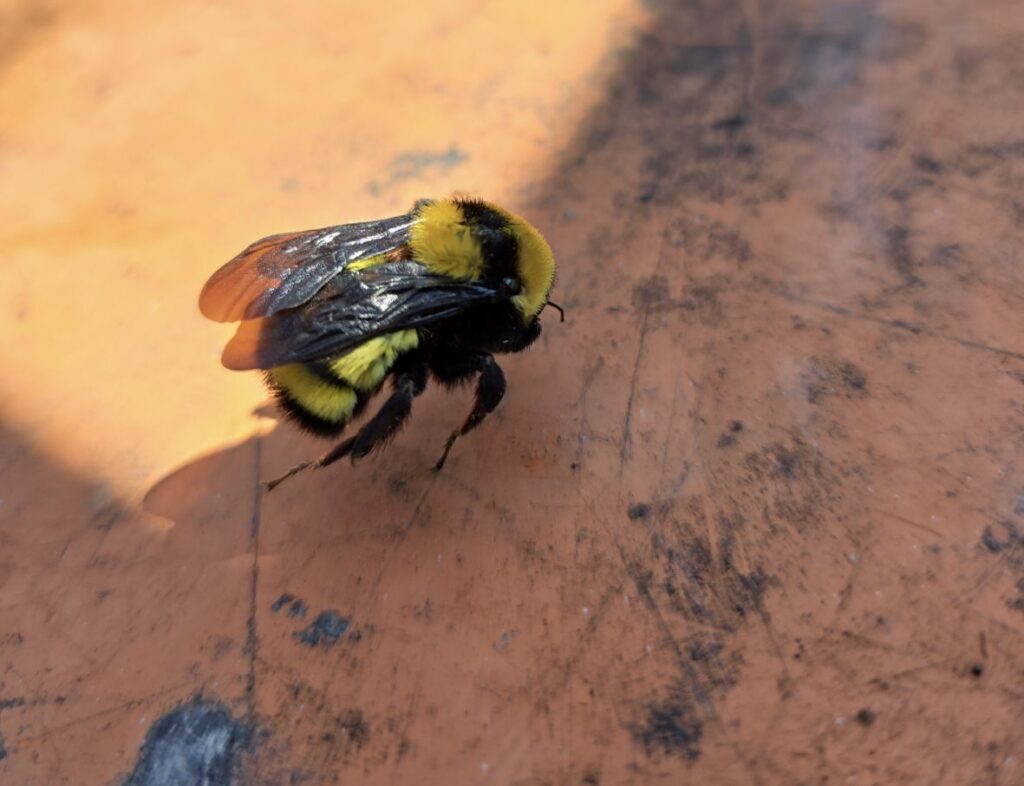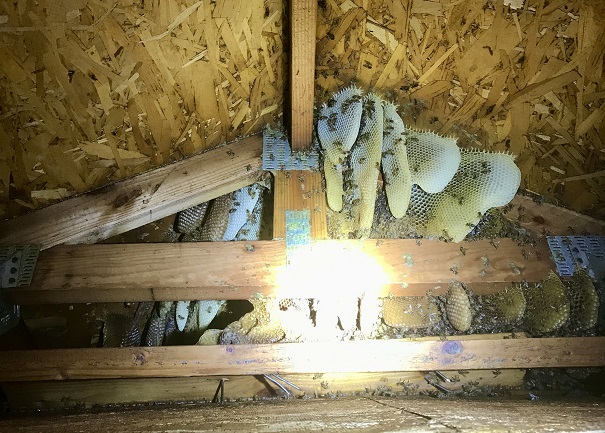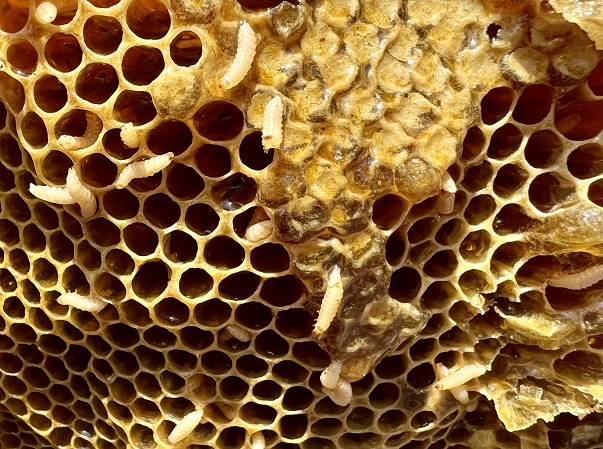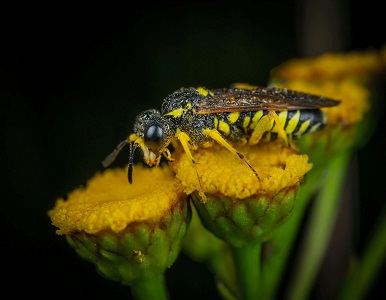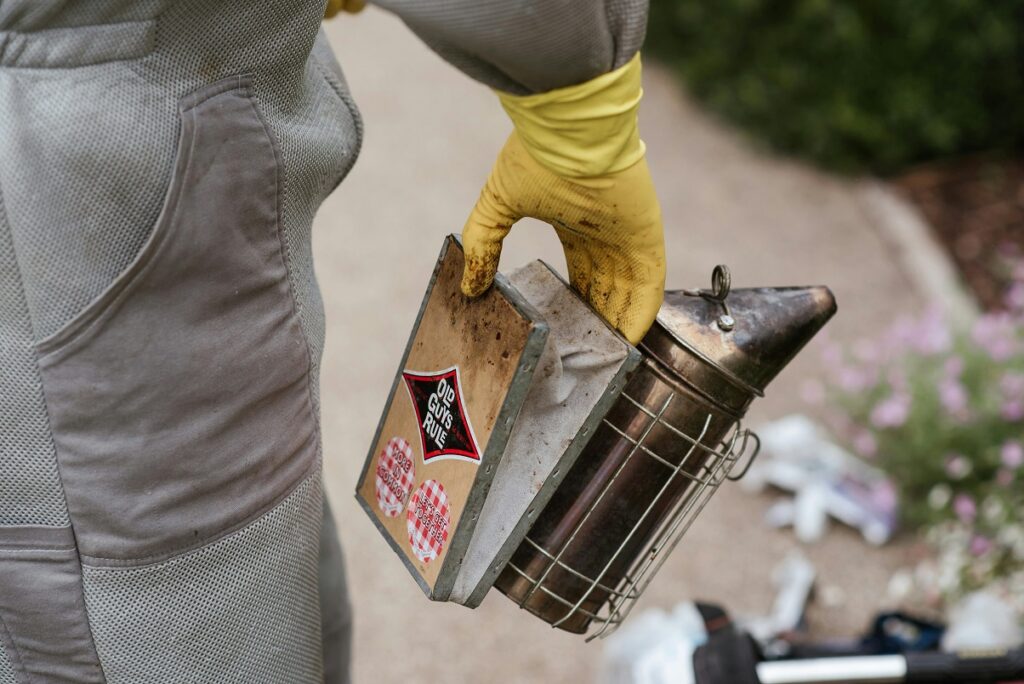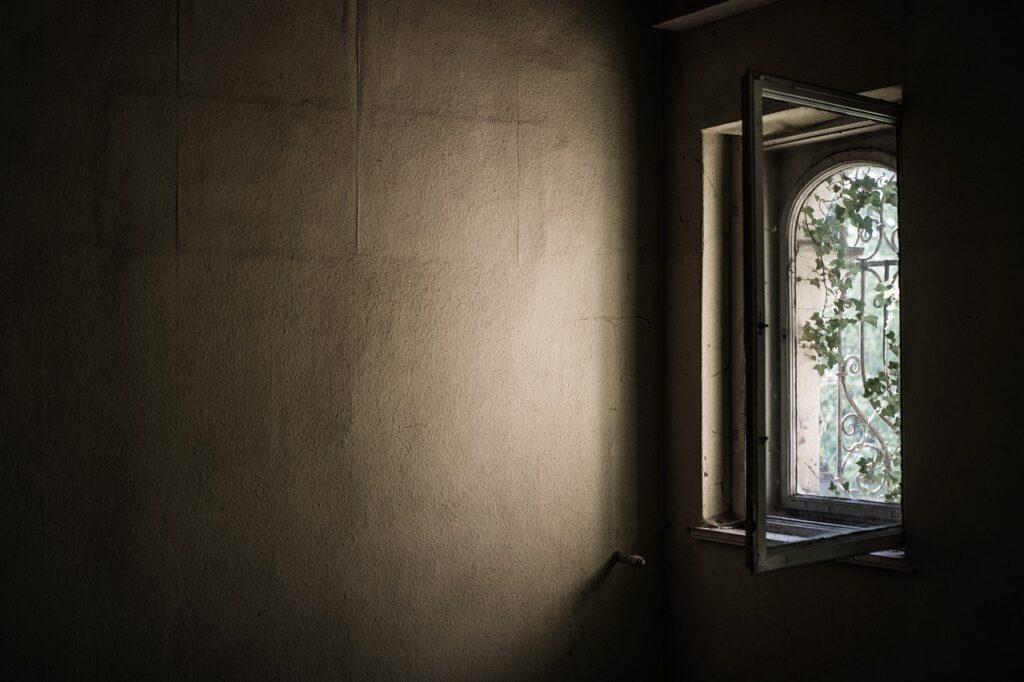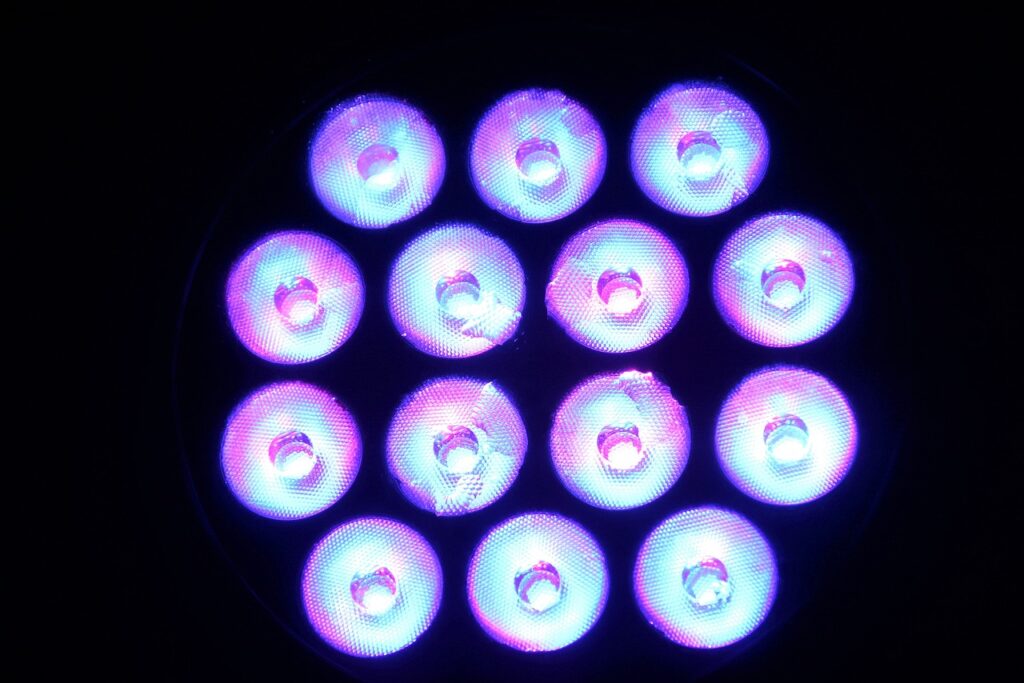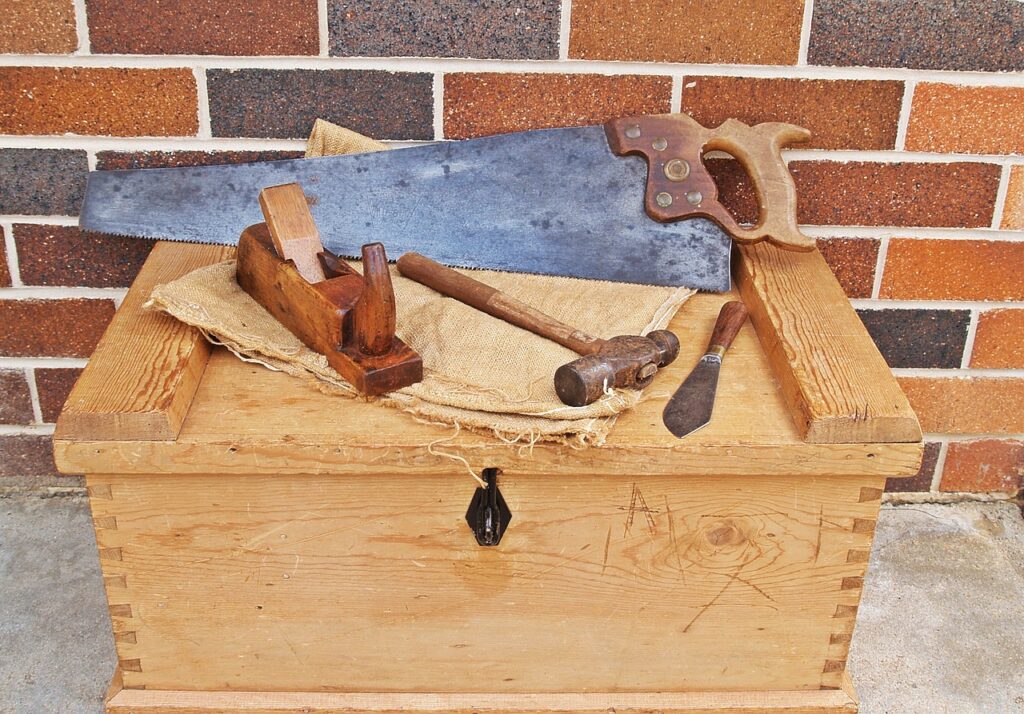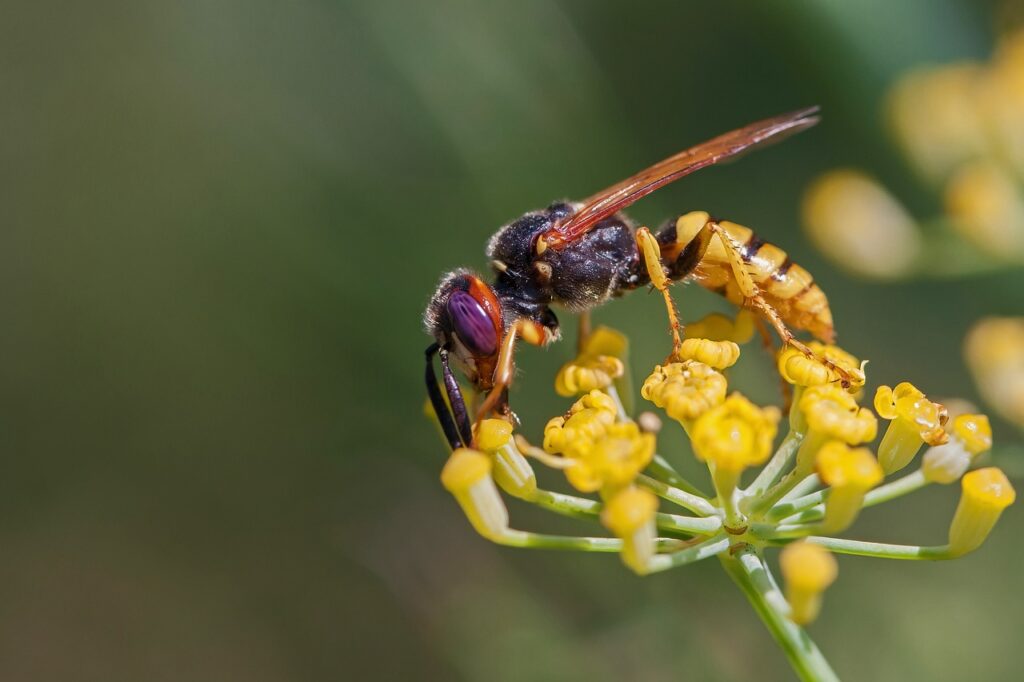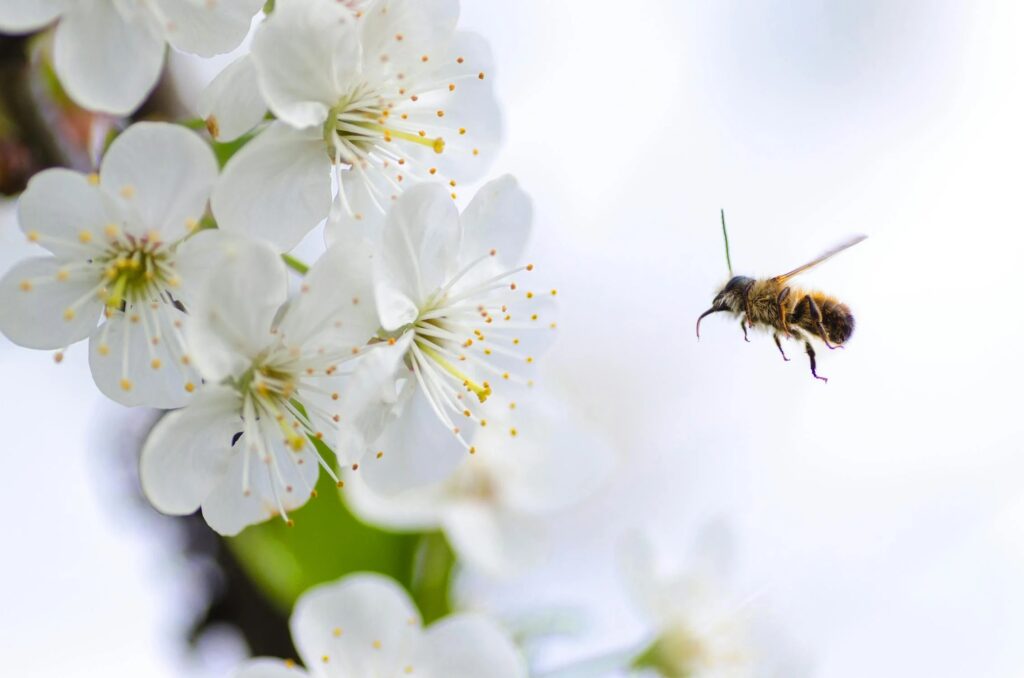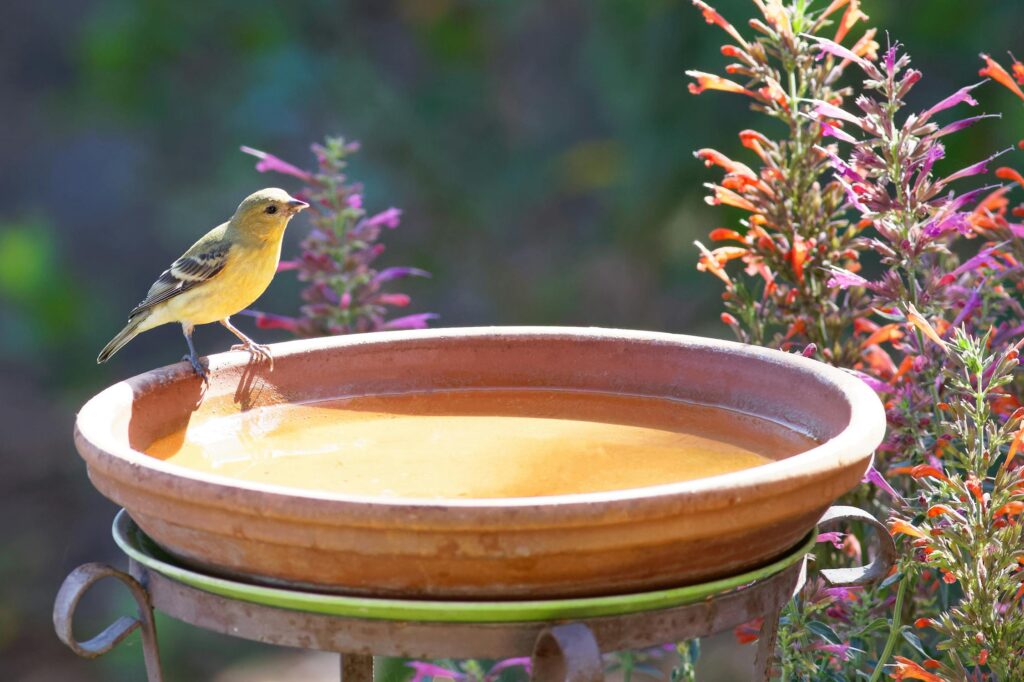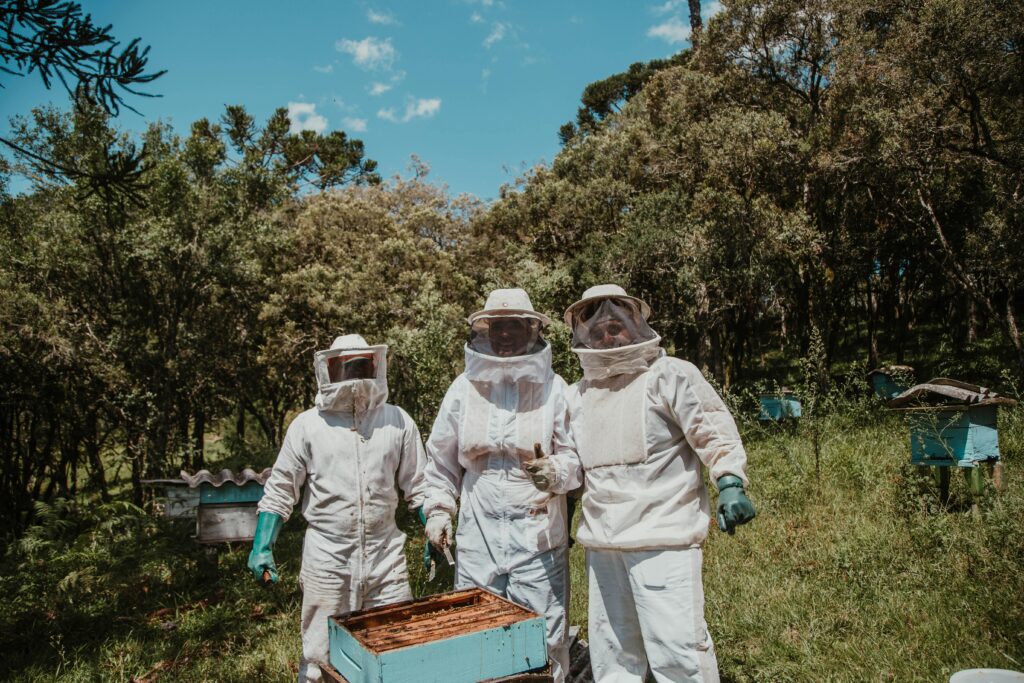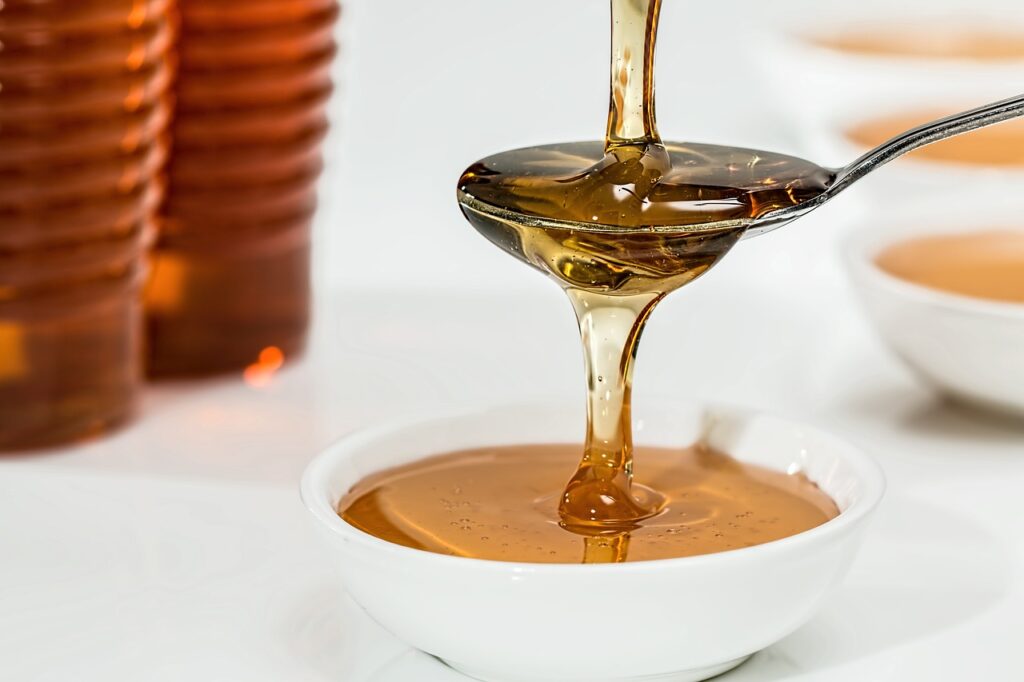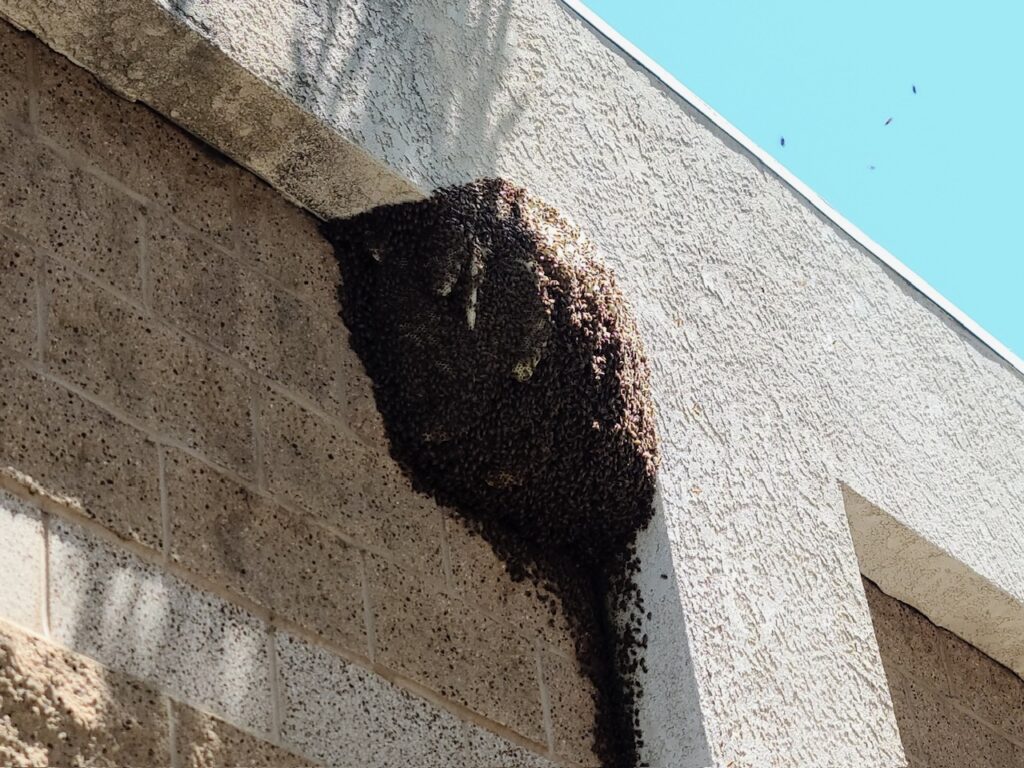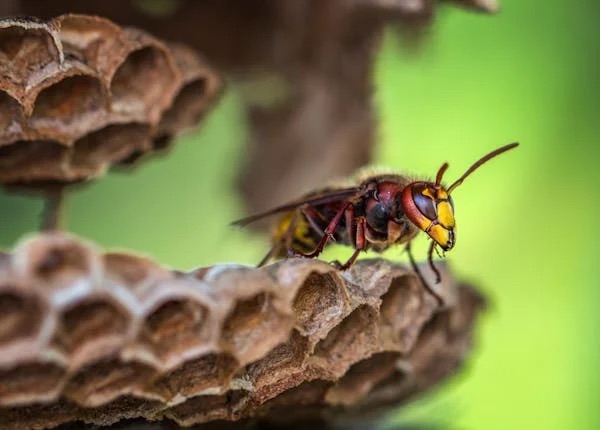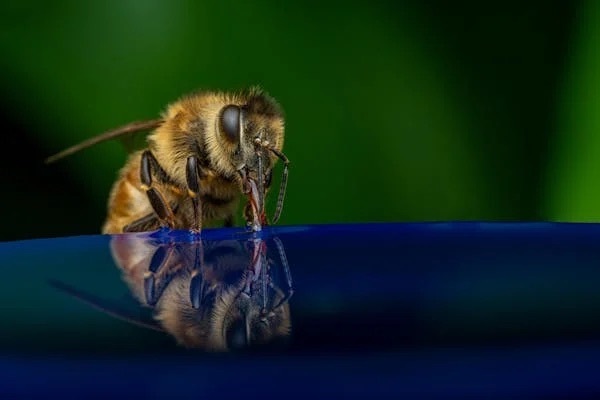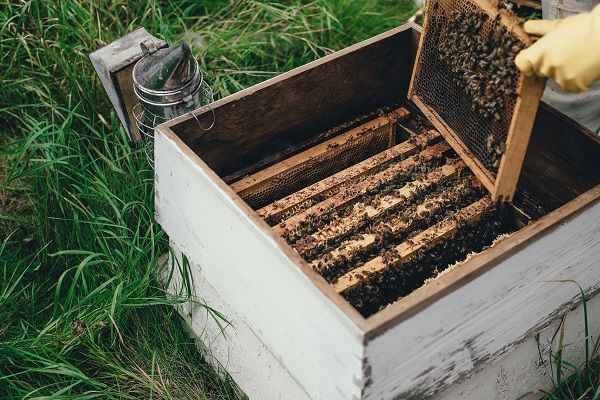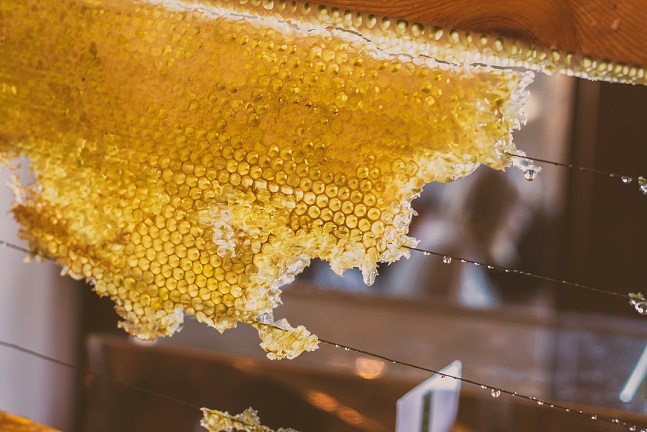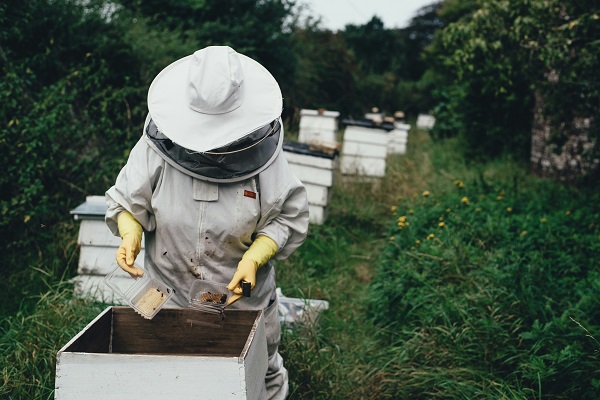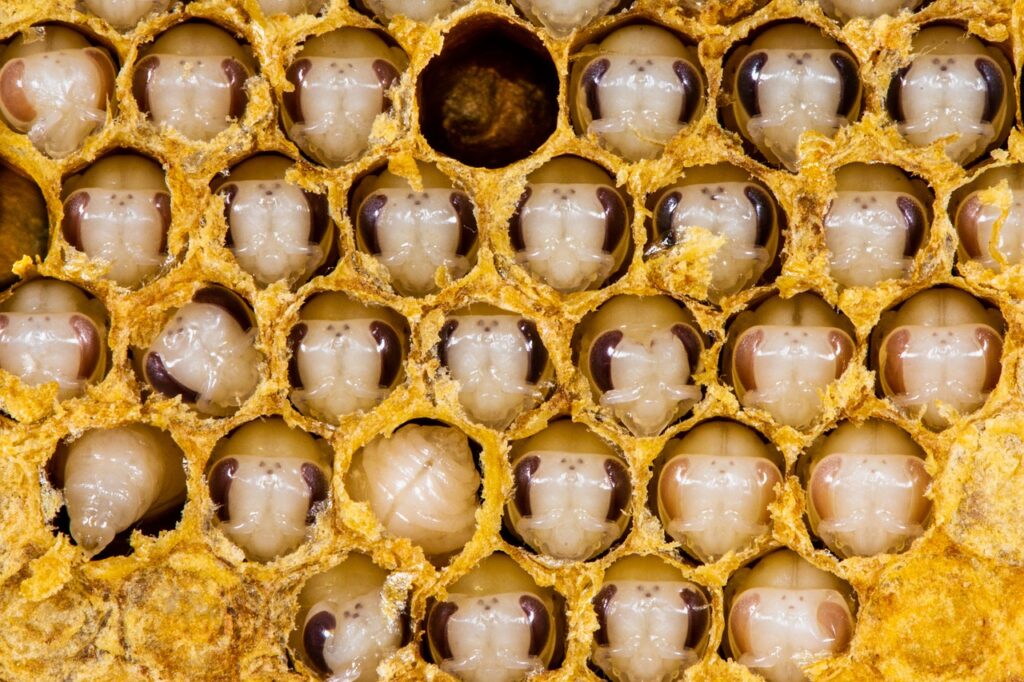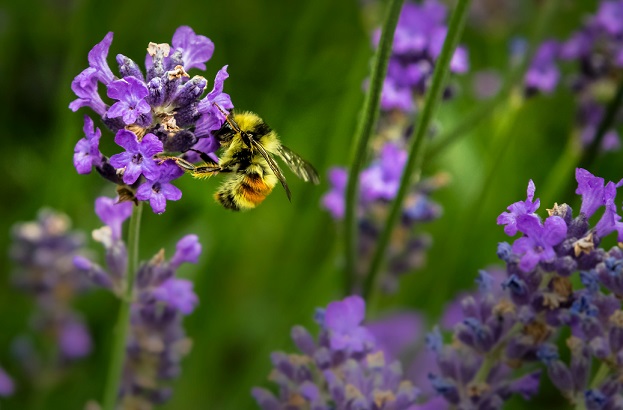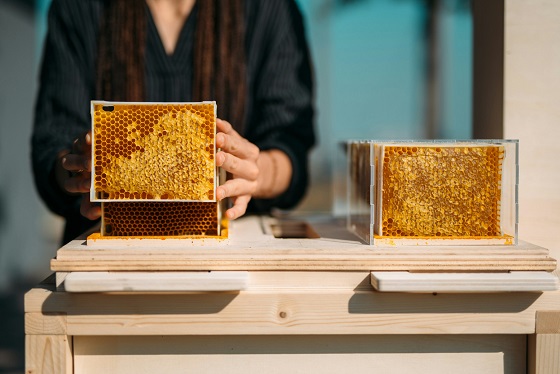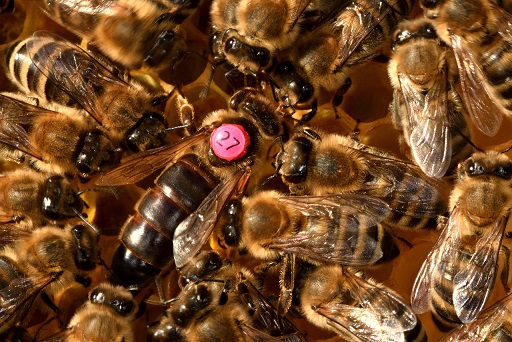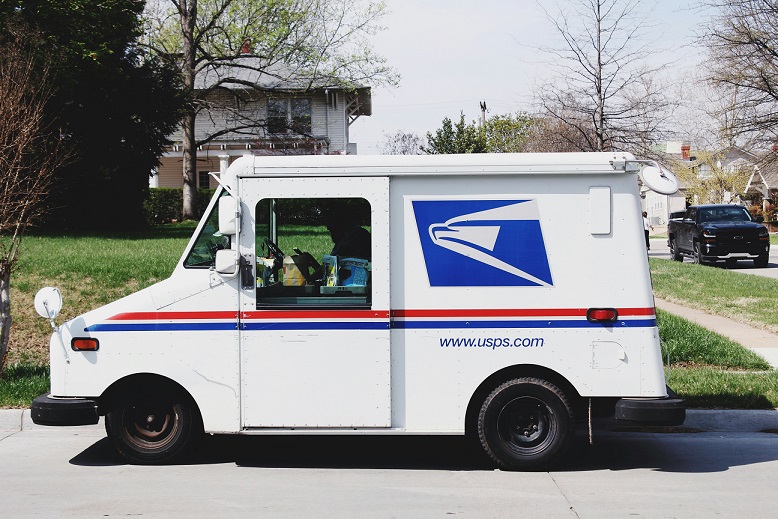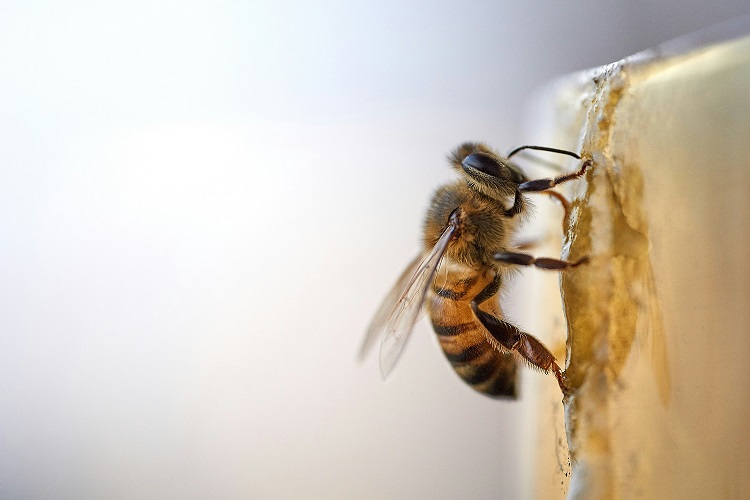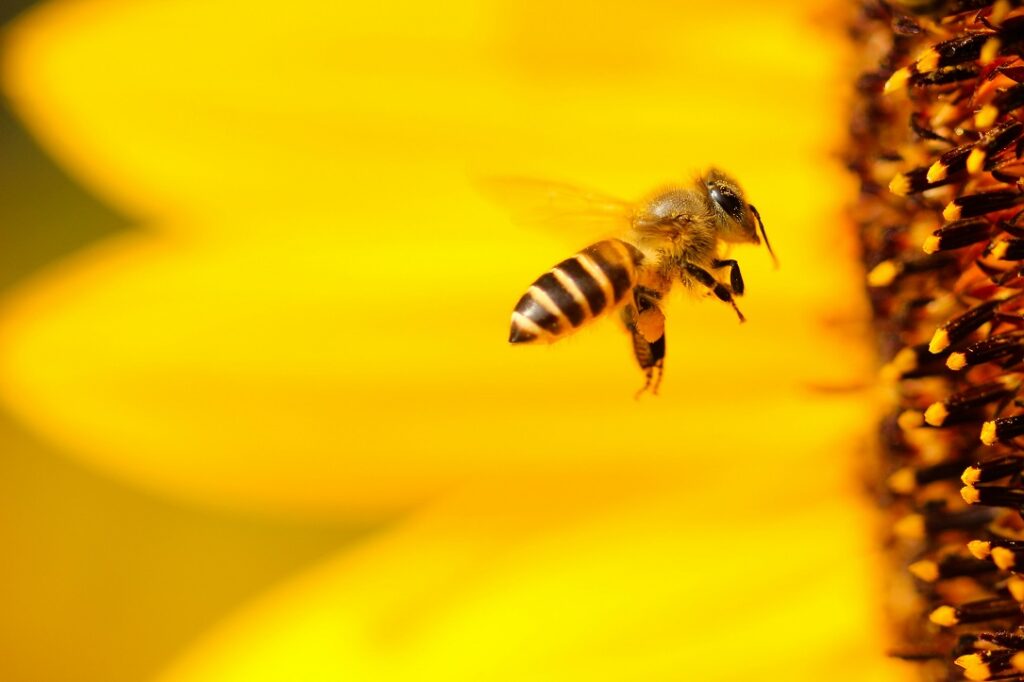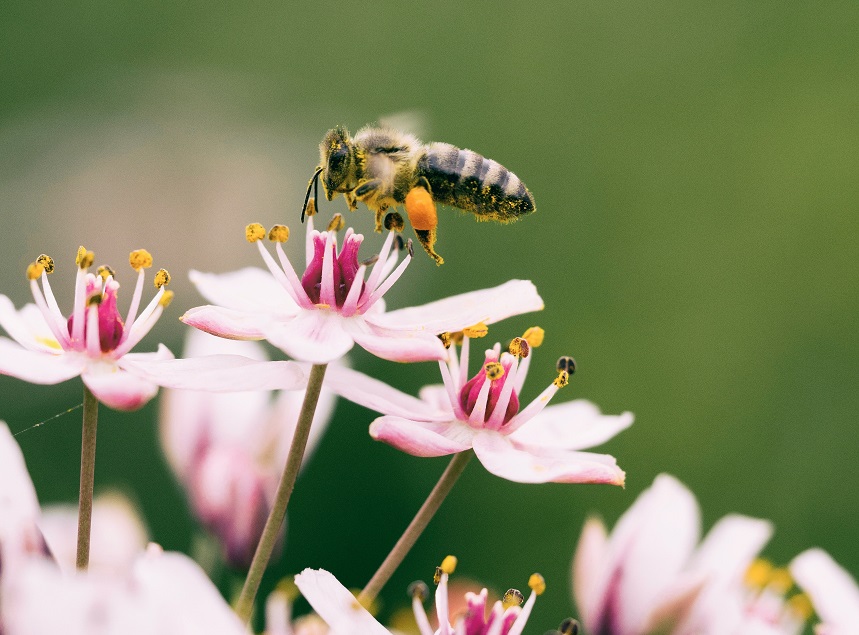Bee News
Bees attracted to old pre-existing hives
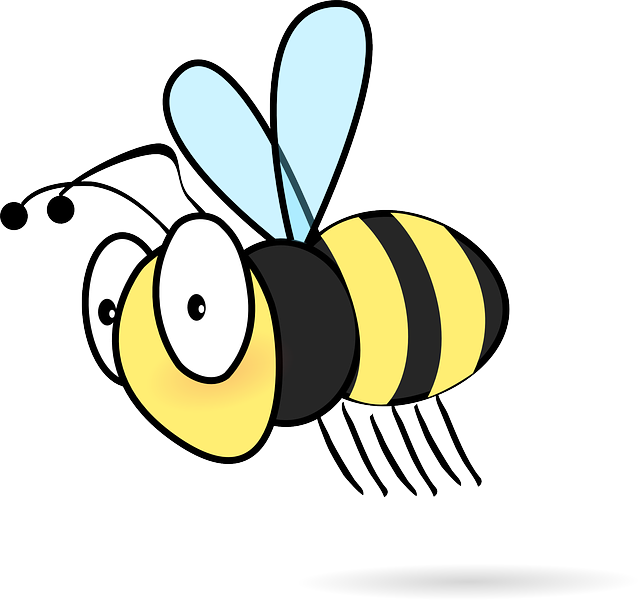


If you’ve ever stumbled upon an old beehive tucked away in a shed or barn, you might have noticed that it’s not just a relic of past beekeeping—it can also be a hotspot for bee activity. You may wonder why bees are so drawn to these abandoned old hive location. Let’s explore!
One of the primary reasons bees are attracted to old hives is the lingering scent of beeswax and honey. Even after a hive has been abandoned, the aromatic compounds from beeswax and propolis (a resinous substance used by bees to seal cracks and protect their hive) can remain for a long time. These scents are incredibly enticing to bees, as they signal a potential home or food source. The olfactory cues can attract both wild bees looking for a new nesting site and even swarms searching for a suitable location.
Old hives provide an ideal shelter for bees. The structure offers protection from the elements, predators, and other environmental hazards. For solitary bee species, a hollowed-out hive can serve as a perfect nesting site. The existing cavities can help them create their own brood cells without the need to start from scratch. This ready-made shelter is particularly appealing during the spring and summer months when bees are actively foraging and looking for places to establish their colonies.
When bee colonies swarm, they often look for new homes. An old hive, even one that has been inactive for some time, can present an attractive option. The presence of old comb, even if it’s partially degraded, can provide a head start for the new colony. Bees can utilize the remnants of the old hive to build their new home, saving them time and energy in the process.
In addition to shelter, old hives may still contain remnants of honey or pollen. While these food sources may be limited, they can be enough to attract bees looking for a quick meal. The presence of these resources can make an old hive particularly appealing, especially in areas where food sources are scarce.
Environmental factors play a significant role in bee behavior. During times of drought or when natural foraging resources are limited, bees may be more inclined to explore old hives as alternative nesting sites. Additionally, changes in local flora can impact the availability of food, making old hives a more attractive option when other resources are dwindling.
For beekeepers, finding bees in old hives can be both an opportunity and a challenge. Here are some considerations:
– Assessing the Hive: If you discover bees in an old hive, it’s essential to assess the situation carefully. Determine whether the bees are honeybees, bumblebees, or another species, as this will influence how you proceed.
– Relocation: If the hive is in a location that poses a risk to the bees or people, consider contacting a local beekeeper or pest control service that specializes in bee relocation.
– Preservation: For beekeepers, maintaining old hives can be beneficial. Cleaning and preserving the hives can create a welcoming environment for future swarms or help in expanding your apiary.
Bees are naturally drawn to old hives in sheds for various reasons, including the scent of beeswax, the availability of shelter, and the potential for food sources.
